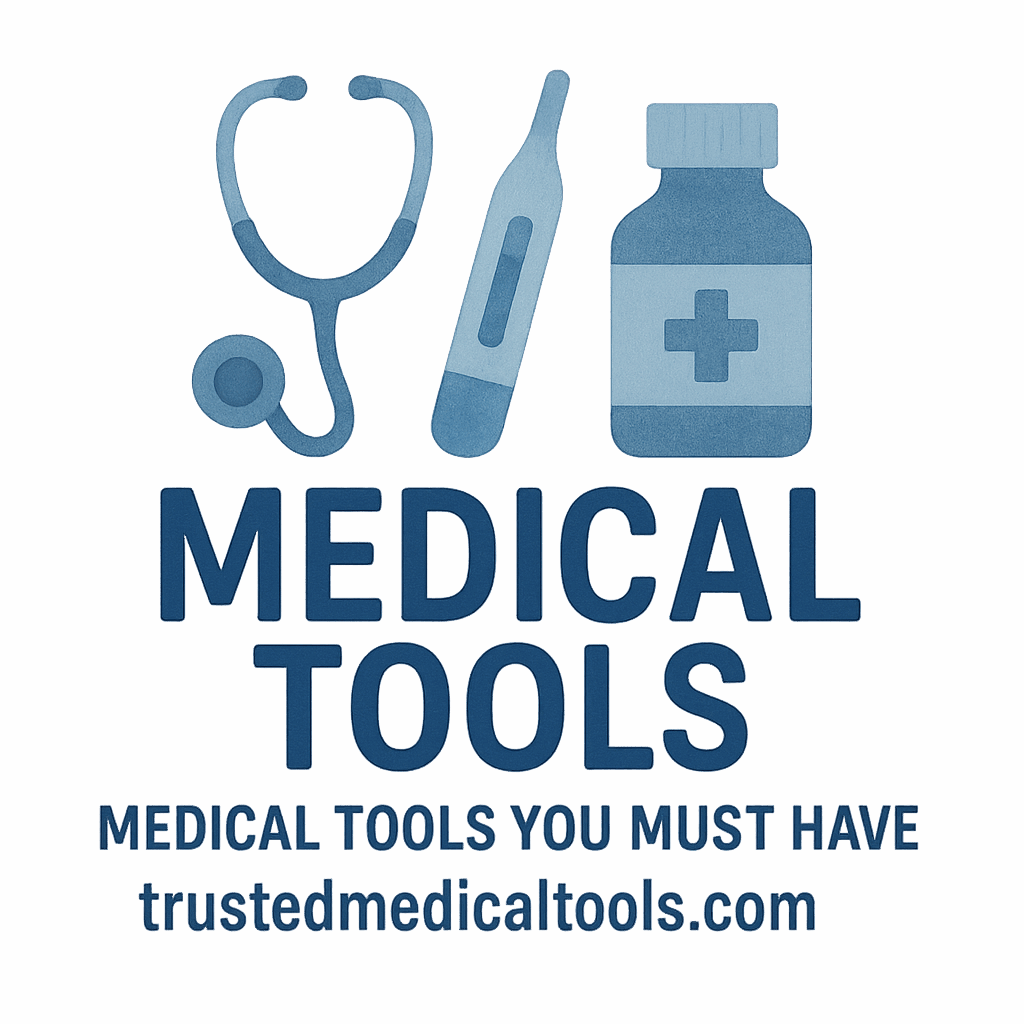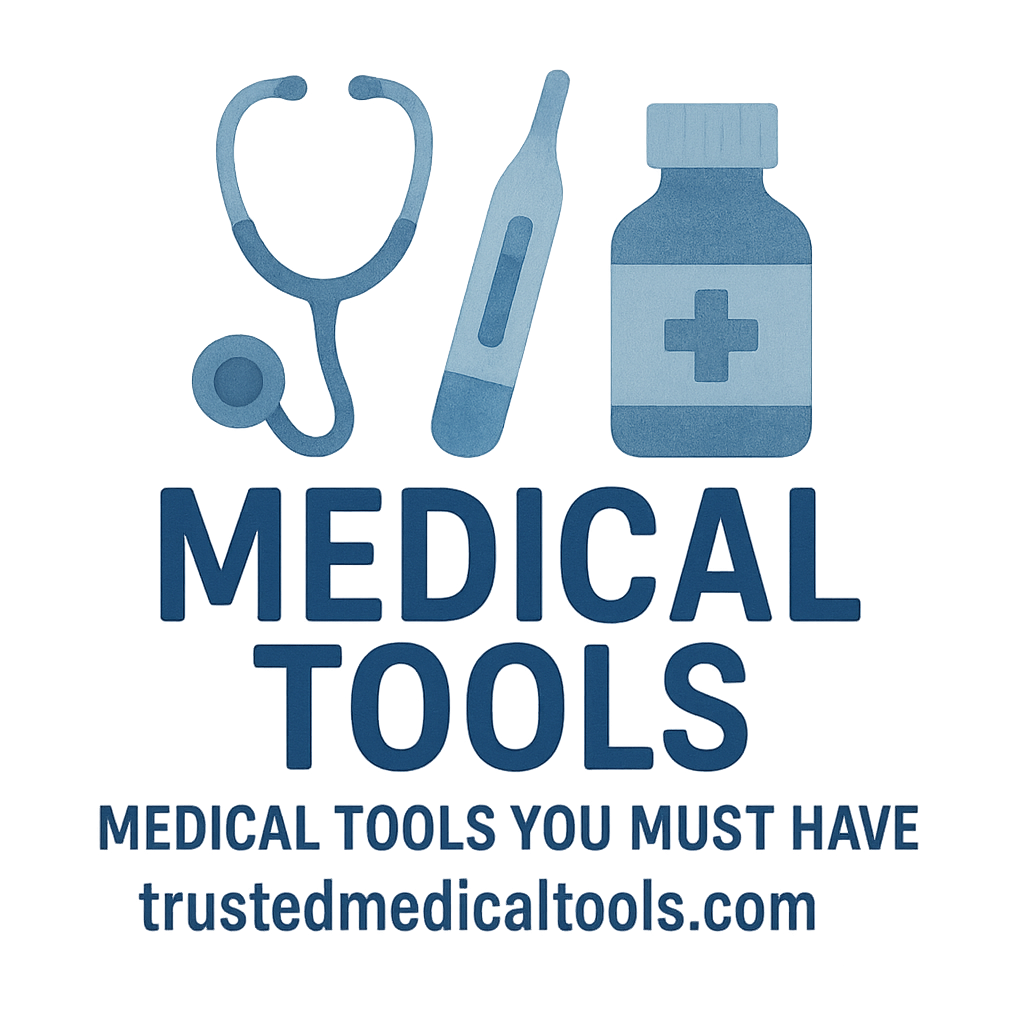Introduction
Let’s face it, accidents happen—and usually when we least expect them. From paper cuts to scraped knees and kitchen mishaps, minor injuries are part of everyday life. Having the right medical tools for quick wound care at home can turn a potentially messy situation into a calm, manageable task.
Whether you’re a parent, caregiver, or simply someone who likes to be prepared, this article will help you stock up on tools that make wound care fast, easy, and effective. And yes, we’ll also show you how to find doctor-approved gear from trusted sources like Trusted Medical Tools.
Why Home Wound Care Matters
Common Home Injuries
You’d be surprised how often minor injuries happen at home: cooking burns, DIY mishaps, pet scratches, or kids falling while playing. When something like this happens, having basic tools and a well-stocked first aid box makes all the difference.
Benefits of Being Prepared
Quick care can:
- Prevent infections
- Speed up healing
- Reduce pain
- Avoid unnecessary doctor visits
Preparation is not just about being cautious; it’s about being smart.
Essential Criteria for Choosing Wound Care Tools
Safety and Ease of Use
The best tools should be labeled under easy use and doctor-approved. They need to be simple enough for non-professionals but effective enough to handle minor emergencies.
Doctor-Approved & Reliable
Products listed under health equipment or home support tags are more likely to meet medical-grade standards.
1. Antiseptic Solution
Importance of Cleaning Wounds
The first thing you should always do is clean the wound. Antiseptic solutions like hydrogen peroxide or iodine help kill germs and reduce the risk of infection.
How to Apply Antiseptics Safely
- Wash your hands or wear gloves
- Pour a small amount on a cotton ball
- Gently dab the wound (don’t rub!)
- Let it air dry before dressing
2. Sterile Gauze Pads and Bandages
When to Use Gauze vs. Bandages
Gauze pads are ideal for:
- Larger or bleeding wounds
- Burns or cuts that need breathability
Bandages are perfect for:
- Small cuts or scrapes
- Protecting wounds from dirt or friction
Proper Application Techniques
- Use antiseptic first
- Place the gauze pad gently
- Wrap with a bandage to secure it
- Change it daily or if it gets wet
3. Medical Scissors and Tweezers
Removing Debris Safely
Sometimes small debris (like splinters or glass) needs to be removed. That’s when sterilized tweezers come in handy.

How to Sanitize Before Use
- Clean with alcohol wipes
- Boil for 5 minutes if reusable
- Always store them in a clean, dry case
4. Adhesive Bandages (Assorted Sizes)
Choosing the Right Bandage Size
No wound is one-size-fits-all, so keep a variety:
- Small: For paper cuts
- Medium: For scraped knuckles
- Large: For elbows, knees, etc.
Tips for Maximum Adhesion and Protection
- Clean and dry the skin
- Apply antibiotic ointment
- Stick the bandage snugly without wrinkles
5. Antibiotic Ointment
Preventing Infections
These creams create a protective layer that blocks germs while speeding up the healing process.
How Much Is Enough?
A pea-sized amount is usually sufficient. Spread it gently over the wound before covering it.
6. Digital Thermometer
Monitoring for Signs of Infection
Fever can be a sign that something’s wrong. After wound care, keep a thermometer nearby to monitor body temperature.
Best Practices for Accurate Readings
- Keep the thermometer clean
- Use under the tongue or armpit
- Wait at least 15 minutes after eating
Other Helpful Wound Care Items to Have
Gloves, Alcohol Wipes, Cotton Balls
These are your first line of defense against contamination. Always use gloves and wipes before starting treatment.
First Aid Manual or Instructions
Knowing what to do matters as much as having the tools. Keep a guide handy or bookmark Trusted Medical Tools’ First Aid section.
Storing and Organizing Your Wound Care Kit
Use a First Aid Box
A labeled, waterproof first aid box keeps everything in one place.
Label and Replenish Regularly
Check expiration dates, replenish used supplies, and keep the kit in an accessible location.
When to Seek Professional Help
Red Flags to Watch Out For
- Wounds that won’t stop bleeding
- Pus or foul odor
- Fever or chills
- Redness spreading around the wound
Virtual and In-Person Care Options
Telemedicine is a great first step. If in doubt, head to urgent care. Find doctor-endorsed advice at Trusted Medical Tools.
Conclusion
You don’t need to be a medical pro to handle minor wounds effectively. With the right tools—like antiseptics, gauze, bandages, tweezers, antibiotic ointments, and a thermometer—you’re already ahead of the game.
Explore Trusted Medical Tools for high-quality, home health care products. From first aid basics to smart monitoring devices, they’ve got your back.
FAQs
- Can I use hydrogen peroxide on all wounds?
- Not always. It’s good for initial cleaning but avoid overuse as it can delay healing.
- How often should I change the dressing?
- Daily, or whenever it gets wet or dirty.
- What if the wound starts to smell?
- That’s a sign of infection. Seek medical help immediately.
- Do digital thermometers work for all ages?
- Yes, but choose one designed for infants if you’re treating a baby.
- Where should I store my wound care kit?
- In a cool, dry place that’s easy to reach during emergencies.
- Is it okay to use expired ointment?
- Better not. Replace it with fresh, effective products.
- How can I make my own first aid kit?
- Start with the six tools listed above and check this buying guide for more!


